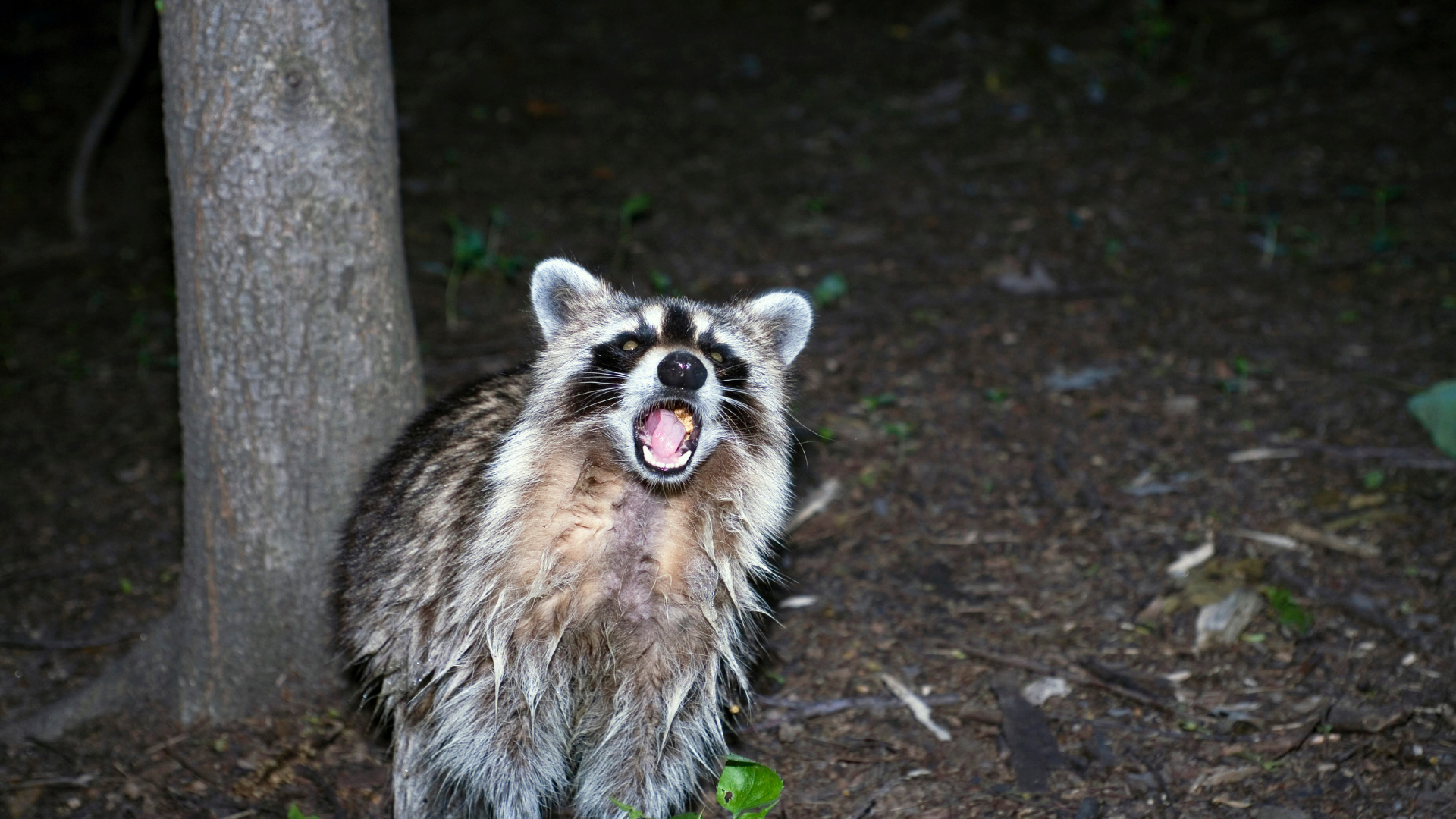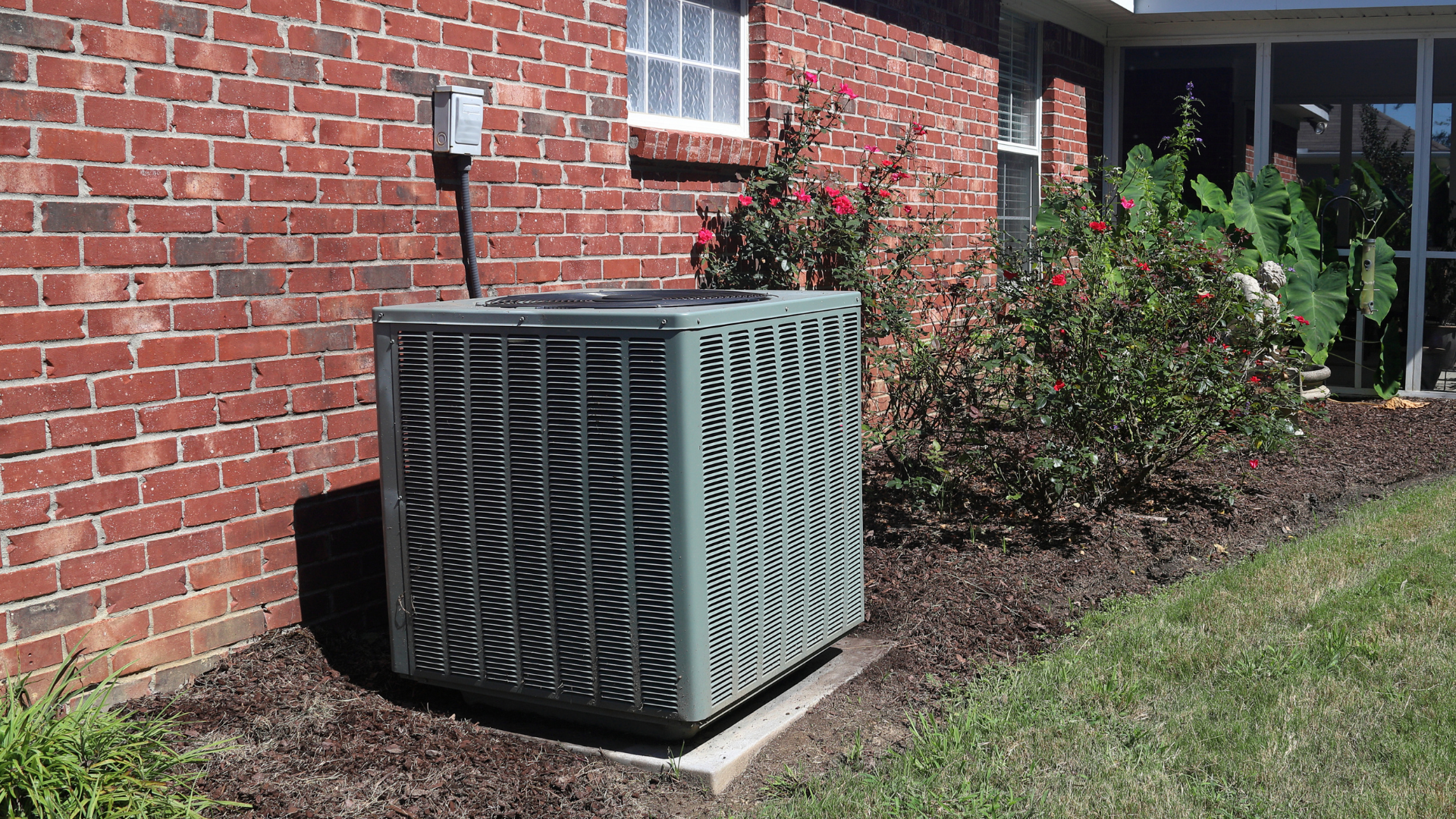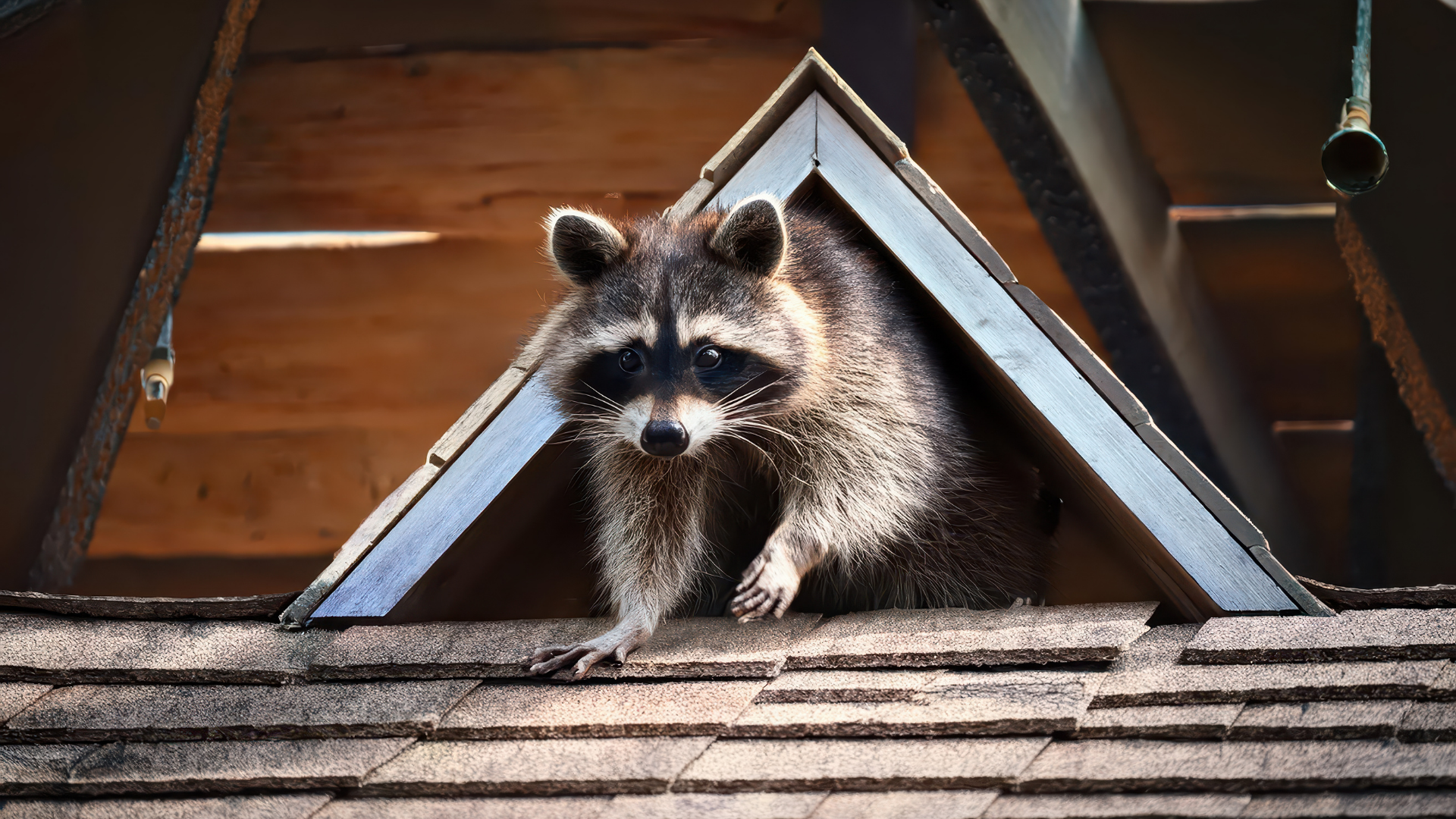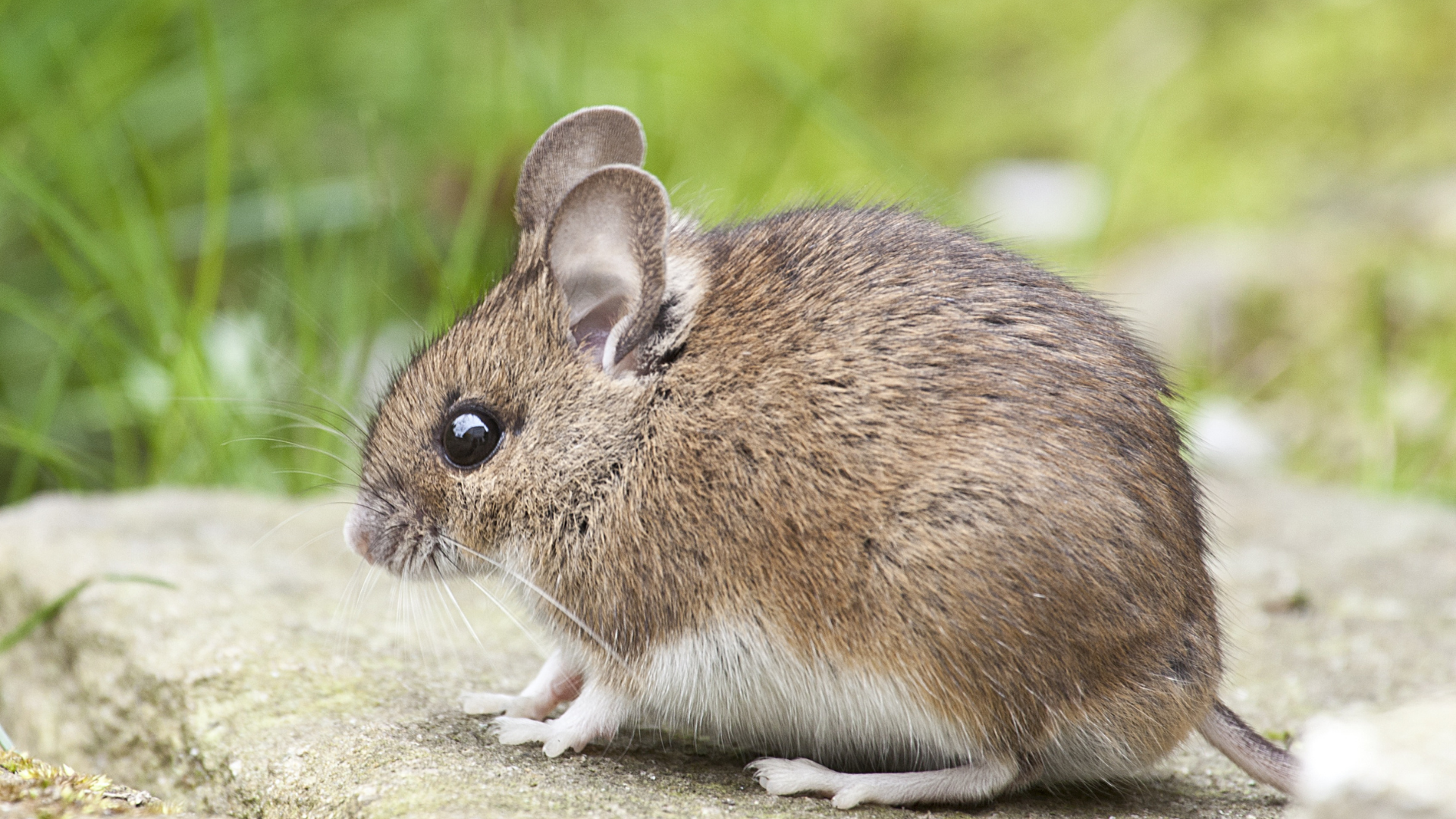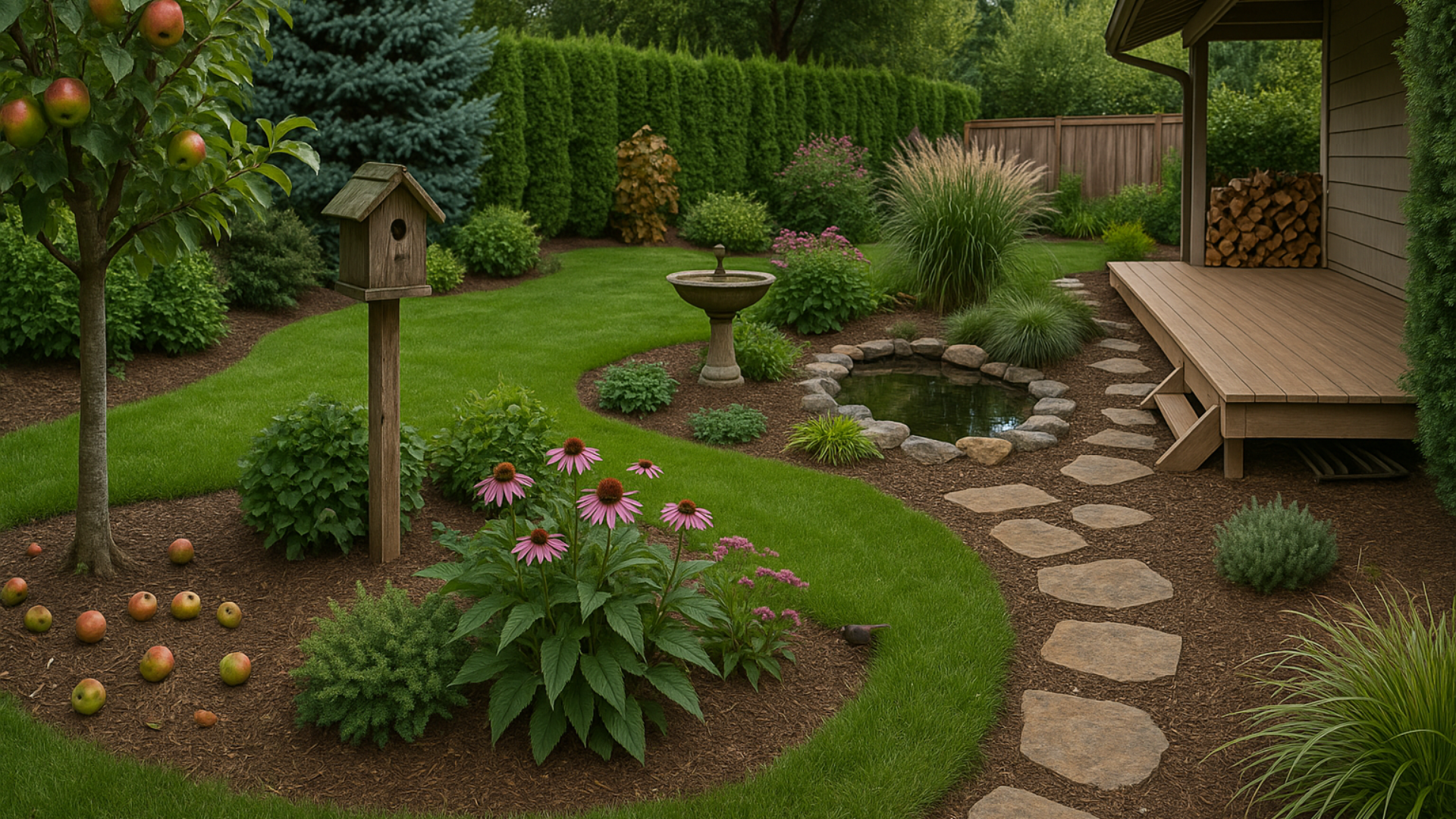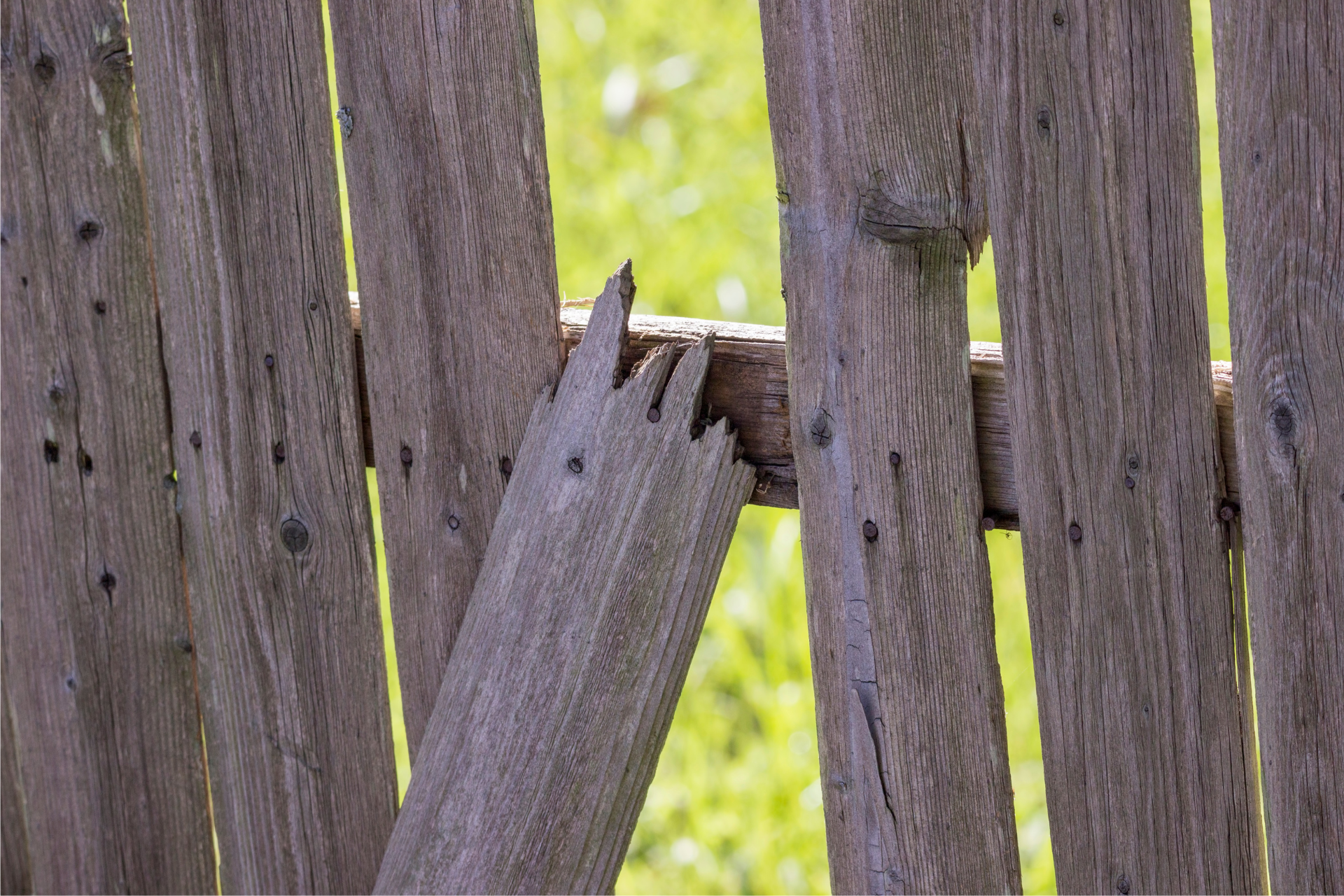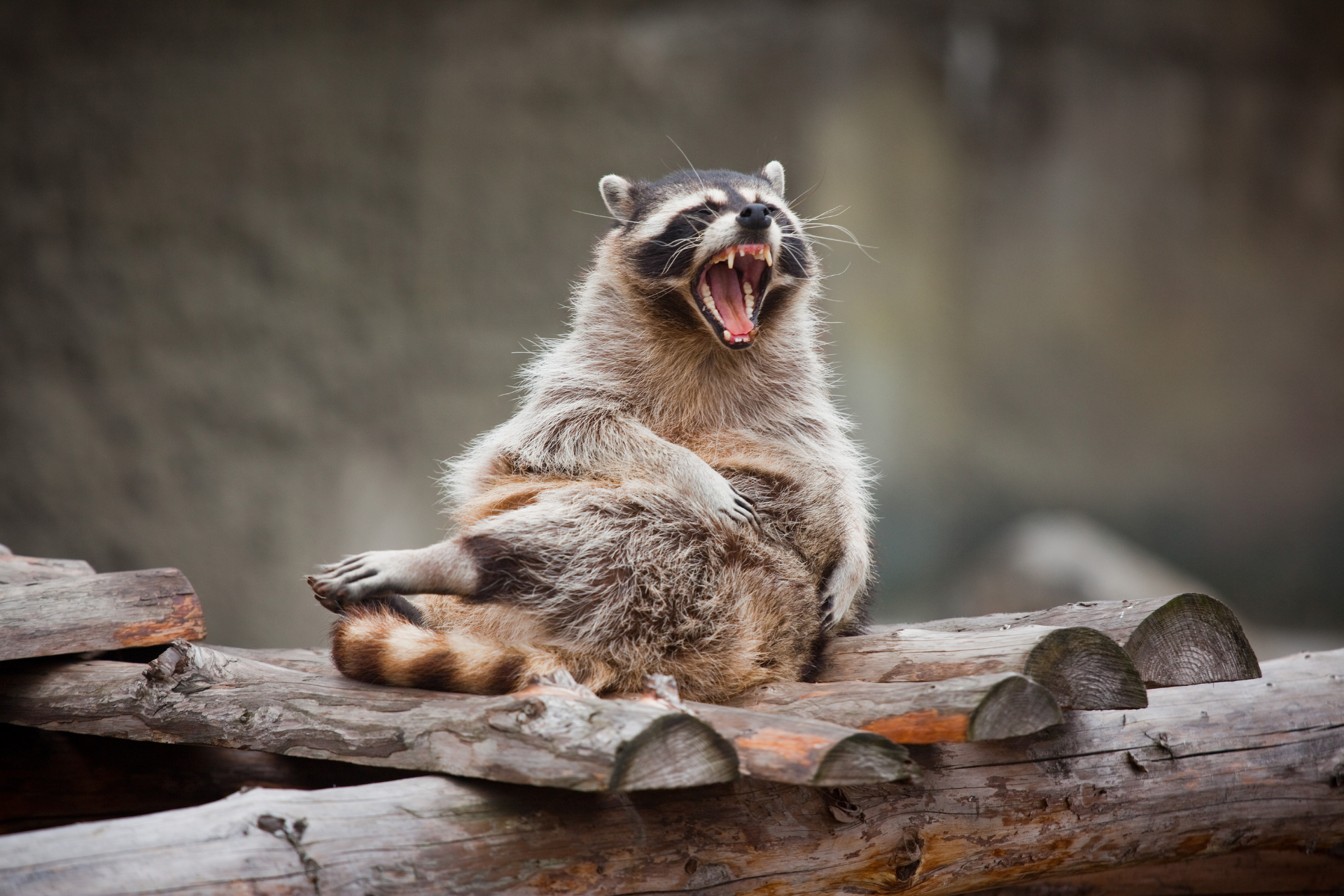Why Active Worksites Draw In Wild Animals
How Construction And Renovation Attract Wildlife
Whenever ground is broken for a new project or an older structure is being remodeled, the environment surrounding that work site shifts dramatically. The rumble of heavy equipment, the persistent vibrations of machinery, and the echoes of hammering can travel well beyond the property lines. To people, these sounds may seem like chaos, but to many animals, noise can act like a signal. Disturbances often suggest that something new is happening in the landscape, and some species are quick to investigate.
For example, creatures like raccoons, foxes, and certain bird species are curious by nature. They’re drawn to unfamiliar sounds as opportunities to explore. The clatter and activity that push people to cover their ears may entice an animal to scout for possible shelter, hidden food, or new pathways through the environment. In suburban and urban settings, where natural habitats have shrunk over time, this attraction is even more pronounced. Animals learn to adapt quickly, and in many cases, construction zones offer unexpected opportunities to them.
It’s also worth noting that noise often drives smaller prey species into hiding, which can then lure predators closer to construction areas. The cycle continues as different animals follow one another, turning what begins as a building project into an accidental hub of wildlife activity. While this is rarely the intention of the crews or property owners, the result is a landscape that temporarily becomes more inviting to curious visitors from the surrounding ecosystem.
Materials That Double As Building Blocks For Wildlife
Alongside the noise and activity, the very materials used in construction or renovation projects create conditions that many wild animals can’t resist. Piles of lumber stacked neatly on the ground may look like nothing more than supplies to a contractor, but to rodents, snakes, and small mammals, they resemble ready-made shelter. Tarps draped over equipment can collect moisture, attracting insects, which then draw in bats or birds that feed on them.
Even discarded scraps—metal sheeting, insulation, or broken drywall—can act as temporary dens or nesting materials. Birds in particular are known for incorporating man-made items into their nests. A loose bundle of wires or strips of plastic may become part of a sparrow’s or starling’s construction project in the nearby trees or eaves.
Open bags of soil, gravel, or mulch often attract burrowing creatures. These animals don’t distinguish between material meant for landscaping and natural earth. Once inside, they may dig small tunnels or create temporary nests, turning a tidy supply pile into their own construction site.
The appeal doesn’t stop there. Animals with sharp senses pick up the smells of adhesives, sealants, or wood treatments. While not intended for wildlife, these unfamiliar odors pique curiosity and encourage exploration. For species accustomed to scavenging, new smells mean potential resources, even if what they find isn’t edible or useful.
In the end, what might be temporary storage for workers often becomes a magnet for animals seeking shelter or tools for survival. When projects stretch out over weeks or months, these temporary arrangements can lead to more permanent wildlife presence on or near the property.
How Access And Openings Create Nesting Opportunities
Construction and renovation almost always involve partially completed structures, exposed entryways, and unfinished gaps. These access points become some of the biggest reasons wildlife moves in. A small opening under a deck, a gap in roofing, or a vent left uncovered even for a short period can attract species looking for quick shelter.
Birds, squirrels, and bats are particularly notorious for exploiting these opportunities. If a space offers protection from weather and predators, it doesn’t take long before nesting begins. In many cases, animals choose these spots because they’re easier to access than competing for limited cavities in trees or other natural settings.
Renovation work often requires tearing down walls, removing roofing, or exposing crawl spaces. These in-between phases create what is essentially prime real estate for wildlife. Once inside, animals may gather insulation for bedding, or use framing beams as perches and roosts. Even something as small as a hole in siding can give access to a sheltered interior.
The problem intensifies if the project is delayed. A week or two of inactivity is all it takes for wildlife to establish themselves. By the time workers return, nests, droppings, and even young offspring may already be present. At that point, simply continuing construction without addressing the issue can create further complications, both for the workers and for the animals that have settled in.
It’s also important to understand that animals are opportunistic. Once they discover one weak point, they may return to it repeatedly, even after it’s repaired. This cycle of intrusion and repair can continue unless professional intervention is brought in to assess the situation thoroughly.
Why These Patterns Repeat Across Different Environments
Whether the construction site is a rural home build, a suburban remodel, or a commercial development downtown, the underlying patterns remain surprisingly consistent. Wildlife adapts to human activity with remarkable speed, and construction zones offer a unique combination of noise, materials, and access points that rarely exist together in nature.
In rural settings, construction often stands out as a hub of activity in otherwise quiet landscapes. Here, animals that normally avoid human contact may be intrigued enough to investigate. In suburban areas, wildlife is already accustomed to navigating backyards, gardens, and rooftops, making the leap to exploring a partially built structure much easier. In cities, while natural wildlife numbers are lower, resilient species like pigeons, rats, and raccoons thrive on these opportunities, turning scaffolding, dumpsters, and storage piles into permanent fixtures of their environment.
The cycle continues because construction is constant. As long as people expand, renovate, and reshape their environments, wildlife will follow, taking advantage of every stage of the process. This isn’t simply coincidence, it’s adaptation in action, and over time animals learn to benefit from the disturbances humans create.
Construction and renovation bring more than just new spaces for people—they also attract attention from wildlife searching for food, shelter, or nesting grounds. Noise signals opportunity, materials provide resources, and access points open the door to new homes. For property owners and managers, this means that animal activity near a project isn’t unusual, but it can quickly lead to challenges if not addressed properly.
At Patriot Wildlife, we understand how and why animals move into these environments, and we specialize in providing solutions that prevent small problems from becoming larger issues. If you’re beginning a construction project or in the middle of renovations and you’ve noticed unwanted animal activity, don’t hesitate to
contact us. Our team is here to evaluate your site, provide guidance, and help ensure your property remains protected during every stage of the process.

